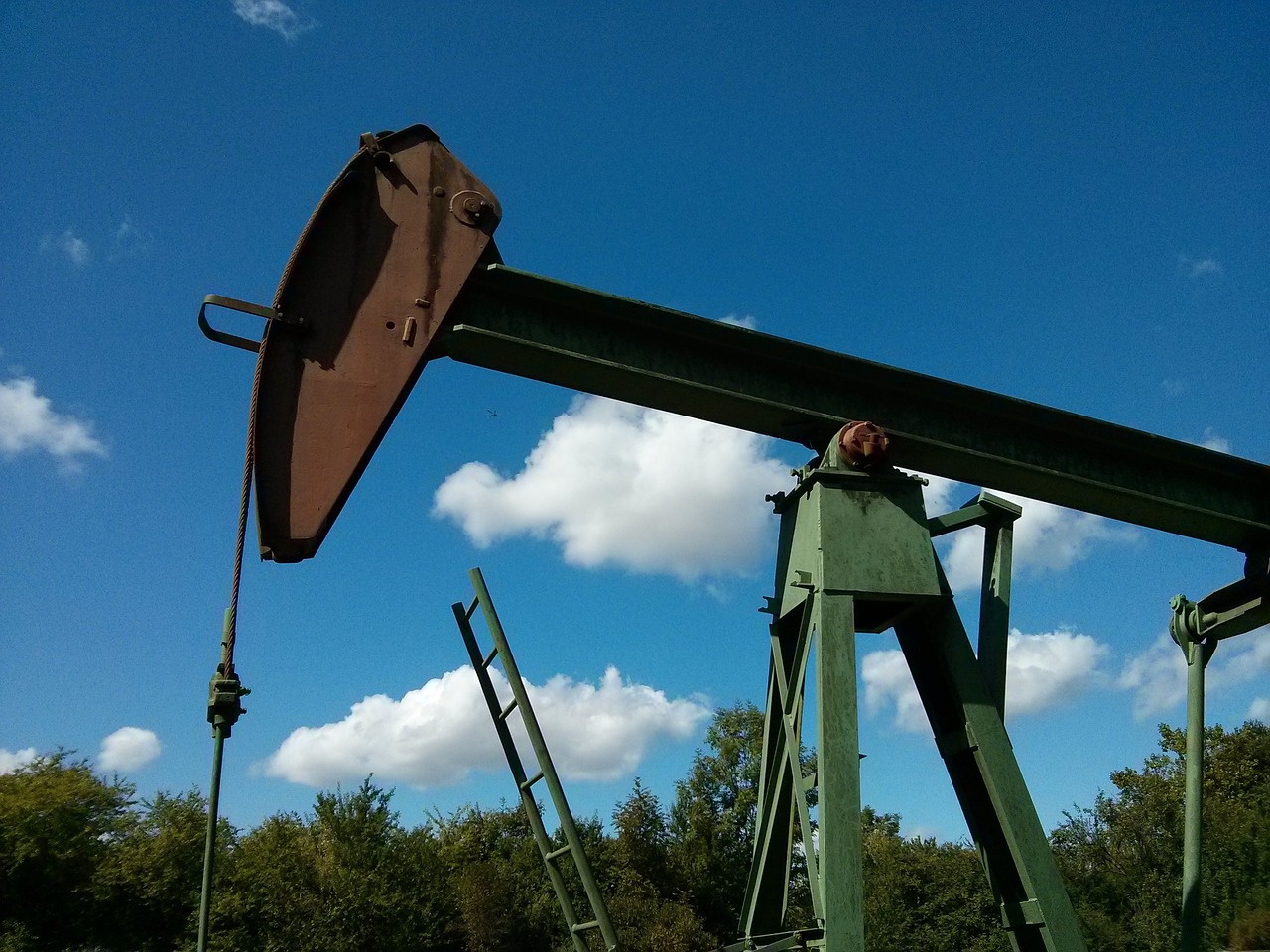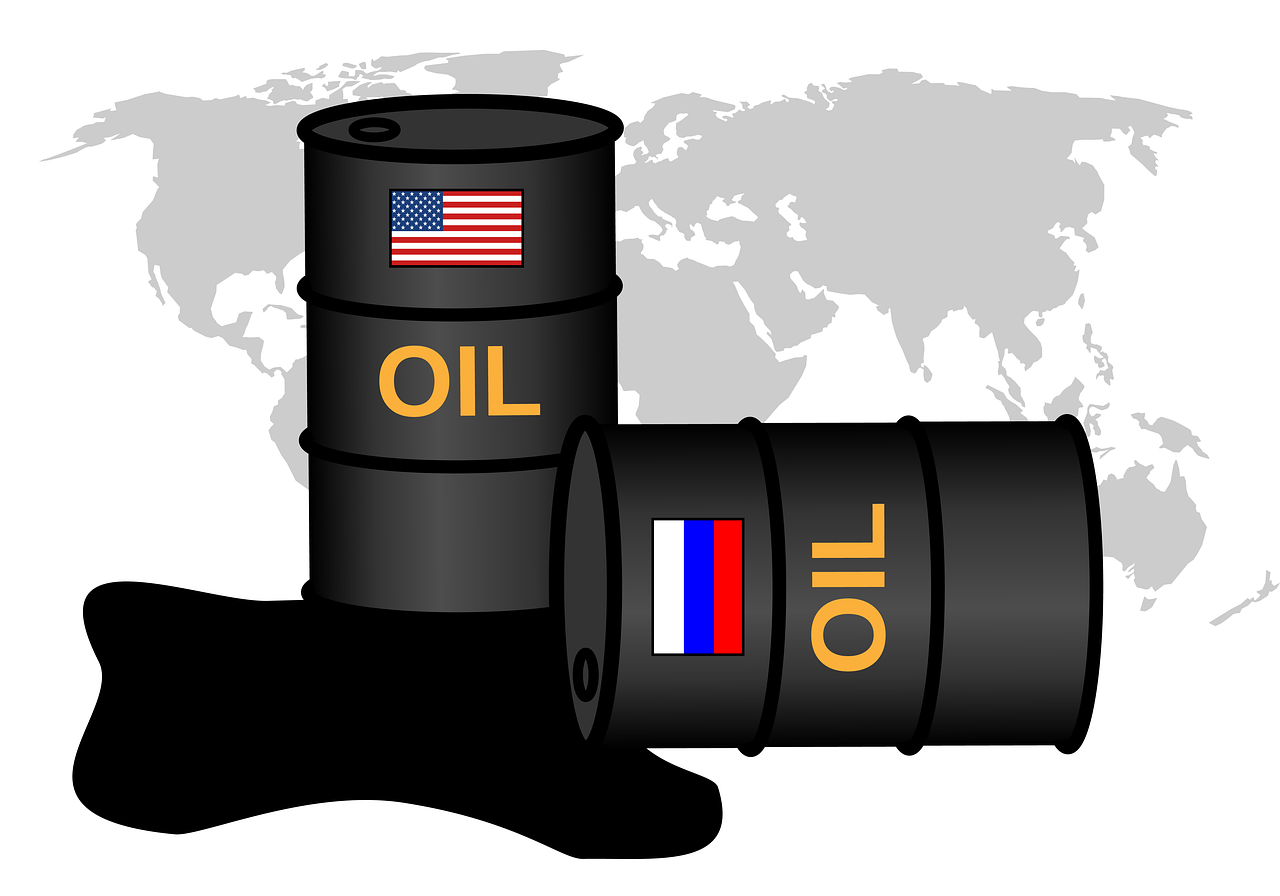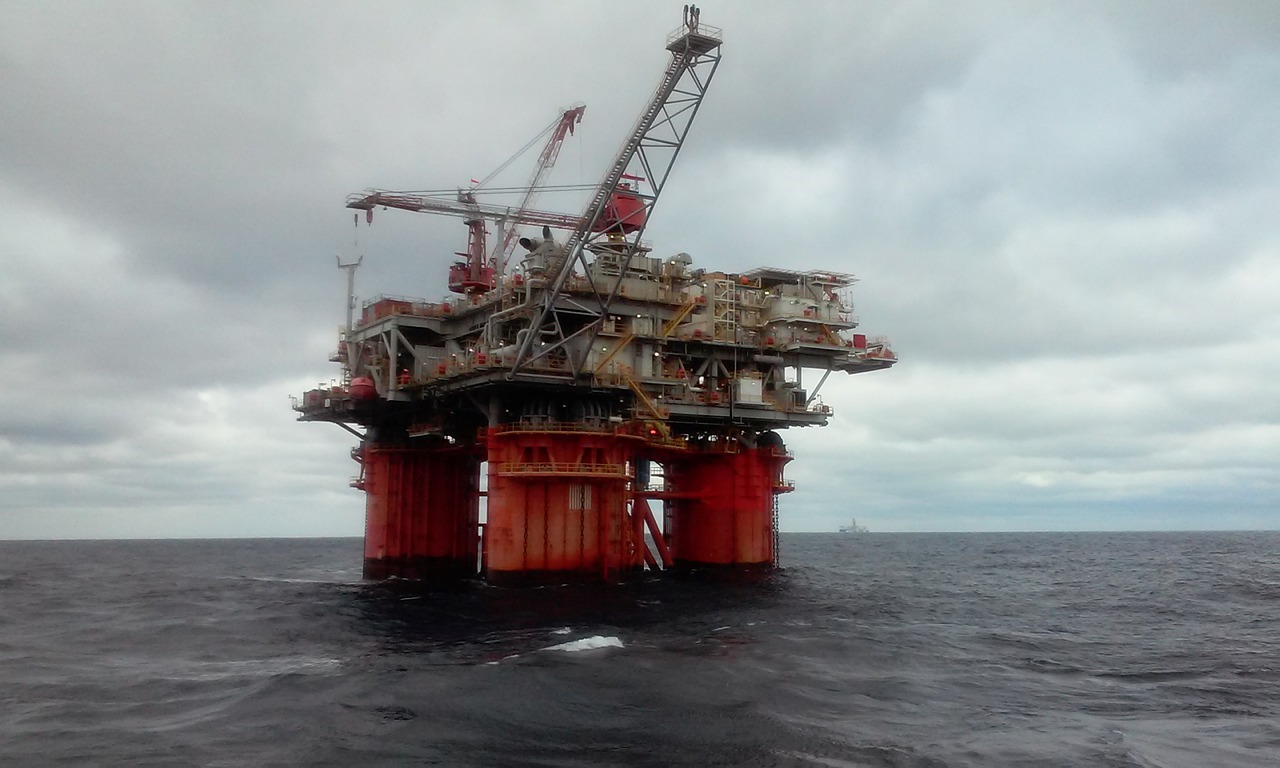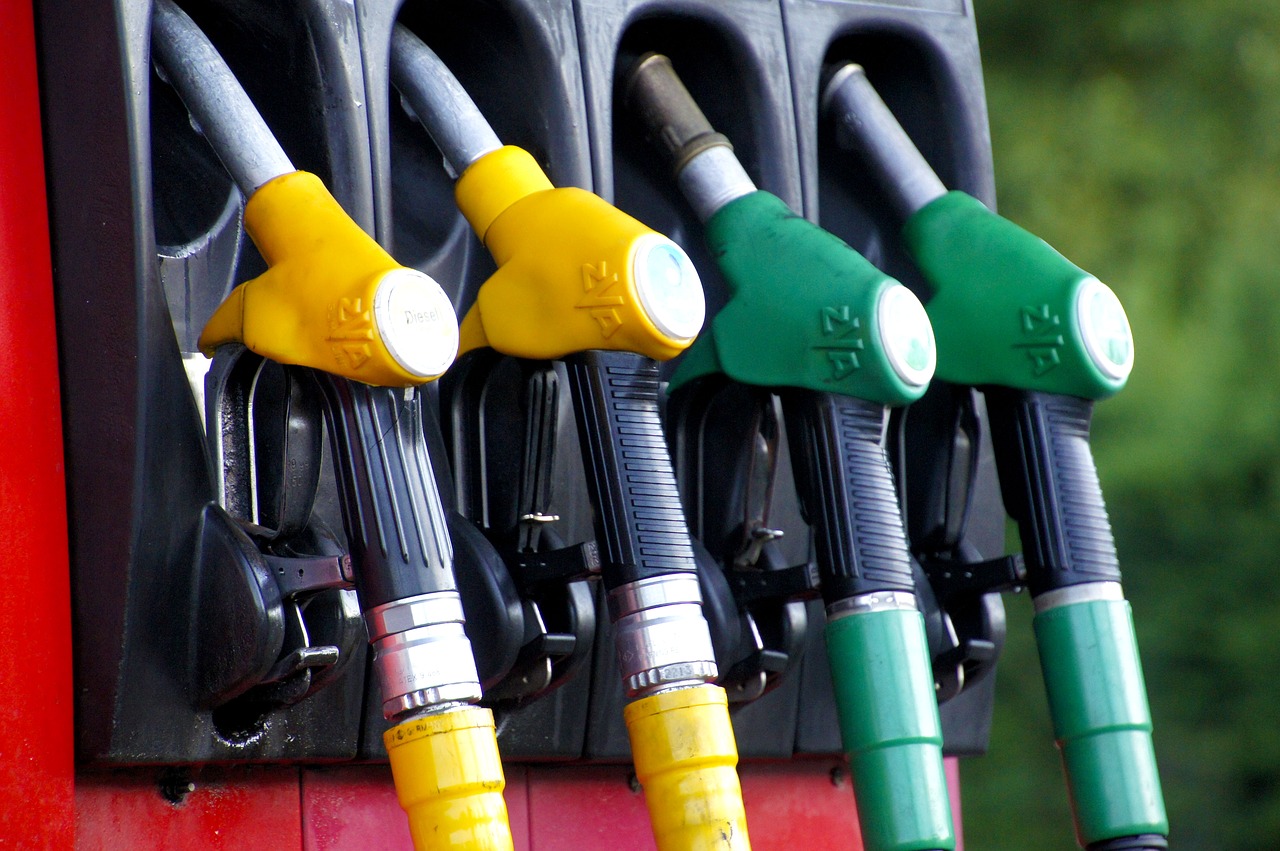Factors Deciding the Prices of Crude Oil and Petroleum Products in the World
Prices of crude oil are determined by the global market supply and demand. Economic growth is one of the main elements that decide the demand on petroleum products. In general, there is a huge demand for “energy” in the growing economies. Mainly that demand is for transportation of goods from producers to consumers. One of the world’s largest sectors, transportation is totally dependent on petroleum and Petroleum related products, such as gasoline, diesel and petrol fuel. Other than transportation, many countries also depend on petroleum products in their day to day activities, like heating, cooking and generating the electricity requirements. Crude oil and other hydrocarbon liquids are used for making petroleum products and this is about one third of the total world energy consumption.
Organization of the Petroleum Exporting Countries known as OPEC has a significant influencing power on the world oil prices, by setting production targets for its membership countries, as the OPEC includes most of the countries that have largest oil reserves. When it comes to an amount, the OPEC has the power to control over 72% of the world’s proven oil reserves as of the end of 2018, and within the same year, they supplied 41% of the world’s total crude oil production.

By setting the targets for its member countries on crude oil productions, or quotas, the OPEC attempts to manage oil production of its members. As the decisions of production are ultimately in the hands of the individual members, the compliance of OPEC members with quotas is mixed.
The extent to which OPEC members actually comply with production of quotas, the ability or willingness of consumers to reduce petroleum consumption, the competitiveness between non-OPEC oil producers when oil price change, and the OPEC producers efficiency to supply oil compared with non-OPEC producers, are the identified main factors determining OPEC’s effectiveness in influencing oil prices in general.
As the OPEC members maintain the world’s entire spare crude oil production capacity, the gap between the demand and supply of the oil market from non-OPEC sources is mostly referred to as the ‘call on OPEC’. Being the largest oil producer of OPEC and as one of the world’s largest oil exporters, Saudi Arabia extraordinarily and historically has had the largest share of the spare oil production capacity of the world.

The business model of international oil companies (IOC) focuses on maximizing revenues by producing oil as far as the selling price of oil is higher than the supply cost of an additional barrel of oil market, the IOC’s developing and maintaining idle spare production capacity is not cost effective in general. Spare capacity of OPEC provides an indicator of the world’s oil market ability to respond to real and potential disruption in world oil supplies. According to the United States Energy Information Administration’s (EIA’s) definition on the ‘spare capacity’, the spare capacity is the volume of oil production that can be brought online within 30 days/one month and sustained for at least 90 days or 03 consecutive months. It is also can be thought as the gap between a country’s current actual oil production and the capacity of maximum oil production.
The prices of crude oil can effect by the geographical political events of international relations, and severe weather conditions that can unsettle the crude oil and petroleum products supply. These events can create situations of uncertainty on the future oil demand or supply, which can lead to higher level fluctuations in prices. The fluctuations of oil prices is related to the low responsiveness or inelasticity of supply and demand to short-term price changes. Developing new supply sources and verifying productions, a process that consumes lots of time, and switching to a different fuel or increasing fuel efficiency of equipment at a price increase, is challenging for consumers to do. Conditions like these, may require massive price change to rebalance physical demand and supply.

Most of the crude oil deposit reserves in the world are located in the regions that are prone to political disruptions or in areas that have had oil production upheavals due to political situations. Number of massive oil price shocks occurred during world history following the occurrence of geographical events that disrupted the oil supply. The Arab Embargo that took place in 1973 to 1974, Iranian revolution of 1978 to 1979, 1980’s Iran Iraq war, 1990 to 1991 Persian gulf war were the few notable politicians events in the history that caused several severe oil price shocks. Conflictual political events in Middle East, Persian Gulf, Libya, and Venezuela, have caused oil supply disruptions to lead price shocks during the recent years.
Taking the advantage of historical political events as guidance, the oil market players do consistently assess the possible risks of future oil disruptions. Other than considering the amounts and periods of potential future disruptions, the market players also focus on maintaining crude oil stocks as a solution for future potential supply losses. A potential supply disruption may have a greater impact on prices than might be expected if only current demand and supply were considered, when the spare capacity inventories are low.

Weather factors are also a significant reason to decide on the supply of crude oil. Oil production and oil refineries can be affected by a hurricane in the Gulf of Mexico. This can cause a huge drop in oil supply from the Gulf to other regions and accordingly the U.S. petroleum products prices may also increase sharply seasonal demands like this can also result in prices to increase.
Refinery outages and supply pipeline problems can also disrupt the smooth flow of crude oil and petroleum products market events such as these can lur to short term supply cutdowns that could increase prices.
Influences of these negative factors on petroleum product prices tend to be relatively short termed. Once the supply disruption factors normalized, crude oil and petroleum products supply processes also become normal by setting the prices back to their previous level. Prices of the crude oil and petroleum products are results of thousands of transactions happening at the same time globally at each and every level of oil products supply chain, from the producer to the individual consumer. That’s how this global auction let the highest bidder win the available supply.
Like any other auction that takes place in any general market, in the oil market auctions too, the bidder doesn’t want to pay too much. In a market situation where the demand is high and/or the supply availability is low, it is called a tight market and this is where the bidders should be willing to pay higher premiums. When the demand is low and/or the supply available is high, it is called a loose market, where the bidders should wait looking for lower-priced suppliers to prevent any outbidding to competitors.

Trading oil in the future market is the method. This method is a contract called ‘future contract’ that allow to buying and selling of a specific good of a standardized quality at a particular date set in the future. For those who are willing to sell their oil stocks in the future, they can lock their stock tagged with a future price to sell it on a future contract today. If a buyer wants to buy oil in the future, they can guarantee the price they will be paying in the future by buying stock today on a future contract. Additionally, other than to the producers and the consumers, there are traders who do not produce or consume crude oil whom they still buy and sell futures contracts in the oil market. The said traders handle the buy and sell of futures contracts via predictions of price changes, by expecting to make profits from those changes.
Another method of buy and sell of ol is the spot transactions, where the buyers buy the products on the spot at the current market price, on a prompt delivery basis. These Spot market prices indicate clearly about the balance of supply and demand. Increase of prices signal that there is a requirement of additional supply, and decrease of prices signal that there is an excessive stock to supply for the current demand.



